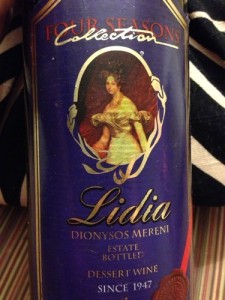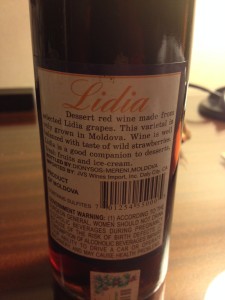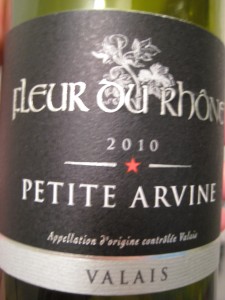 8 years a Life
8 years a Life
Think of the difference of 8 years of life – what you were doing 8 years ago, how old everyone was in their professional 20s when you were a teenager, how a toddler imagines the 9 year cruising around the neighborhood on their bicycle without training wheels or fear. Try and construct that gap in the adult world and you’ll arrive at a loss – octogenarians and those in their 30s have more in common. Careers, language, shared memories and locations – nothing that you can bridge between a newborn and an 8 year old.
Ocho – the latin answer to Ohio
It is with great pleasure that I am happy to report that the gap is bridgeable, that 8 years is not sufficient to keep the toddler off the bike. Eight times this year, I will be visiting the crossroads of America – the part of the country that is Southern and Northern, East reaching to West, the part that spectacularly shoots the arch with imaginary planes and daytime fireflies. It’s a year that I relish and savor and anticipate – the year of the horse and the auspicious numero ocho, a sign of good luck, of fortune foretold, a year of the vine and the wonders unknown.
Ellipsis
But on to the details, the excuse to go blog. Lidia, oh Lidia.
Groucho Wine
The Lidia we know from excessive refrain and hyperactive eyebrows apparently originates from Moldova, one of the least appealing country names on earth. Little is known of the country apart from three critical facts:
1. Romanians dislike it and tend to view it like the New Jersey of Europe, as if Romania were somehow the Park Avenue of Europe, a doubtful conjecture
2. The Russian bear laps up its wine like an intoxicated infant, an unimaginable supposition for a country beset with alcoholism rates that bend the life expectancy toward countries with perpetual anarchy.
3. Moldovan wine is very sweet.
Moldova and the Bear
Lidia is a grape that Moldovans grow, principally for Russian extract (85% of total wine exports from Moldova go to Russia) but occasionally for smuggling to other parts of the world that appreciate it less and consume it a LOT less. Moldova happens to be the poorest country in Europe and wine is an enormously disproportionate percentage of the country’s livelihood, where some say that wine exports are Moldova’s most lucrative export outside of its less viniferous expat community.
Taste
Sweet smell, plums and strawberry taste starts sugary and then turns dental quickly. Very metallic and bloody – truly a trip to the orthodontic chair where you receive a raisin at the end for surviving the procedure. Different and worth trying.
 Detail Up!
Detail Up!
Lidia, Four Seasons Collection – Dionysos-Mereni Estate Bottled, year and ABV unknown even though definitely a dessert wine, from Moldova
Random Googles
* Lidia grapes are only grown in Moldova, although even the entity created to publicize the virtues of Moldovan wine (Moldovan Wine Guild) have not deemed Lidia significant enough to include on their list of Moldovan Grape Varieties
* Lidia wine can also be encountered in large-ish containers similar to the Carlo Rossi containers you may have found in your local wine haunt
* Dig into Moldovan history just an inch deep and be prepared to be amazed. Transnistria, for example – where one quote should whet the curiosity bug sufficiently for further exploration —- “Transnistria’s economy is frequently described as dependent on contraband and gunrunning, with some labelling it a mafia state. These allegations are denied by the Transnistrian government, and sometimes downplayed by the officials of Russia and Ukraine.”
